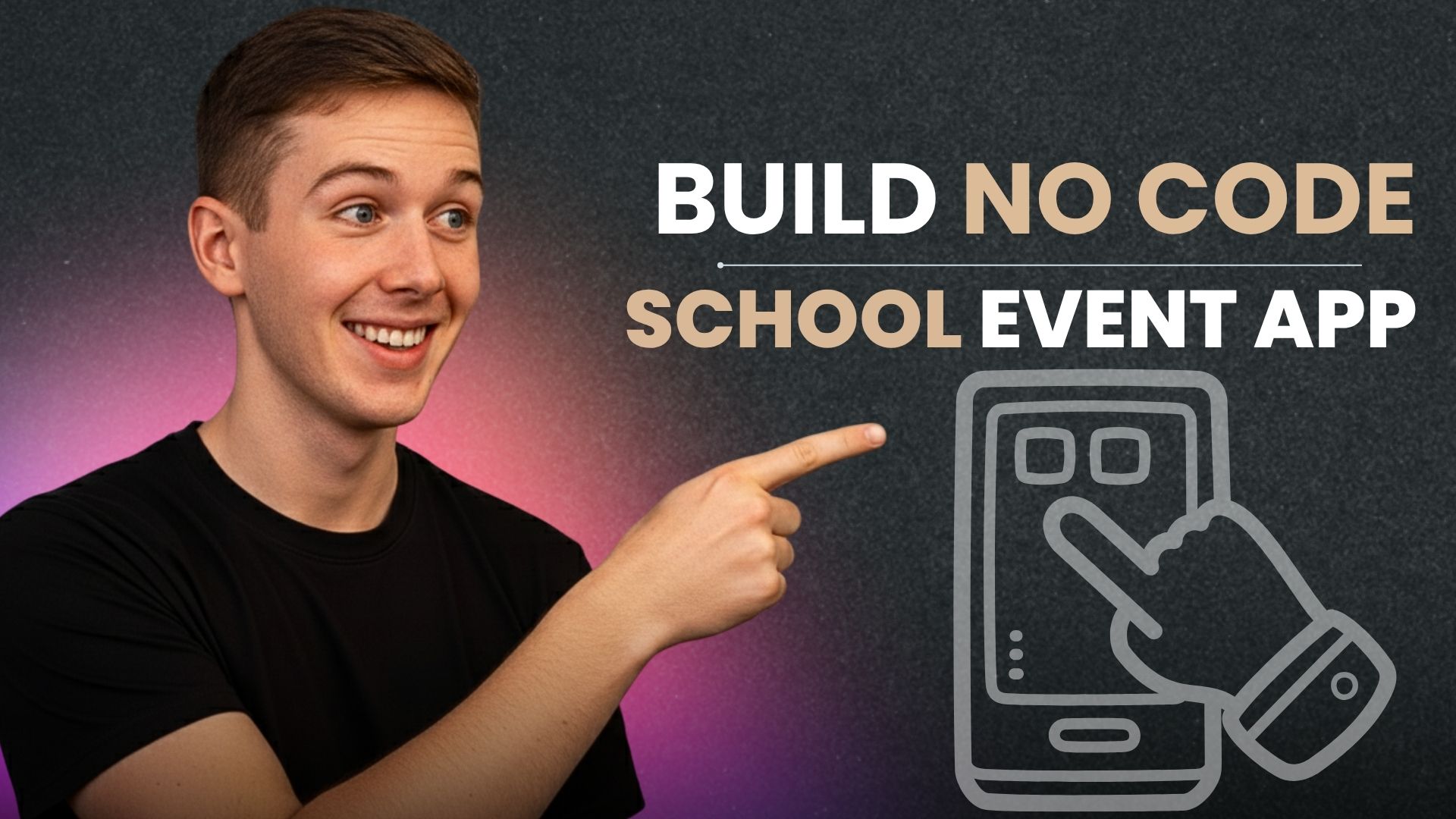Introduction: Why Choose a No-Code Learning Management System for Schools?
In today’s digital age, technology plays a pivotal role in transforming education. Learning Management Systems (LMS) have become essential tools for schools, offering an efficient way to manage courses, track student progress, and foster collaboration. Traditionally, building an LMS required significant coding knowledge and resources. However, with the rise of no-code platforms, even schools with limited technical expertise can now create powerful, customizable learning environments.
In this guide, we’ll walk through the process of building a no-code LMS for schools, covering everything from selecting the right platform to integrating essential features that enhance the learning experience.
H1: What is a No-Code LMS and Why Is It Ideal for Schools?
A No-Code Learning Management System (LMS) allows educators and administrators to build and manage online learning platforms without writing a single line of code. These platforms leverage drag-and-drop interfaces and pre-built components, enabling users to create customized LMS solutions quickly and efficiently.
Benefits of a No-Code LMS for Schools:
- Ease of Use: No technical expertise required.
- Cost-Effective: Avoid the high cost of hiring developers or purchasing custom-built software.
- Quick Deployment: Build and launch your LMS within days or weeks.
- Customization: Tailor the LMS to the unique needs of your school or district.
H2: Key Features to Include in a No-Code LMS for Schools
When building a no-code LMS, certain features are essential to ensure a seamless learning experience for both students and educators. Here are the top features to focus on:
H3: 1. Course Management
An LMS should offer robust tools for creating, managing, and organizing courses. Key aspects include:
- Course Templates: Pre-designed templates for different subjects.
- Content Delivery: Upload lessons, videos, quizzes, and assignments.
- Curriculum Mapping: Align lessons with educational standards.
H3: 2. User Management
An intuitive user management system helps track students, teachers, and staff. Features should include:
- Role-Based Access: Grant specific permissions for teachers, students, and administrators.
- User Profiles: Personalized dashboards for easy navigation.
- Progress Tracking: Real-time monitoring of student progress and performance.
H3: 3. Communication Tools
Effective communication is vital for online learning. Incorporate features such as:
- Discussion Forums: Encourage student collaboration and interaction.
- Live Chats: Provide instant support for students and teachers.
- Notifications: Keep users updated on assignments, deadlines, and announcements.
H3: 4. Assessment & Feedback
Include tools for creating assessments and providing feedback. These might include:
- Quizzes and Exams: Multiple question formats (e.g., multiple choice, short answer).
- Automatic Grading: Streamline the grading process for educators.
- Feedback Forms: Collect feedback from students to improve future courses.
H2: How to Build Your No-Code LMS for Schools

Building a no-code LMS involves several key steps. Here’s how to get started:
H3: Step 1: Choose the Right No-Code Platform
To begin, select a no-code platform that offers the necessary features for building an LMS. Some popular no-code tools include:
- Bubble: Ideal for complex, customizable platforms.
- Glide: A simple, mobile-first solution for small schools.
- Adalo: Offers an easy-to-use drag-and-drop interface for creating apps.
- OutSystems: Perfect for larger educational institutions.
Pro Tip: Choose a platform that supports scalability so that your LMS can grow alongside your school’s needs.
H3: Step 2: Design Your LMS
Designing your LMS is all about creating an intuitive user interface (UI) that is easy to navigate for both students and teachers. Focus on:
- User-Friendly Dashboard: Ensure the main dashboard is clear and organized.
- Mobile Compatibility: Many users will access the LMS via smartphones, so a responsive design is critical.
- Custom Branding: Use school colors, logos, and fonts to create a personalized experience.
H3: Step 3: Integrate Essential Features
Using the no-code platform, integrate essential features like course creation tools, user management systems, communication tools, and assessments. Most no-code platforms come with drag-and-drop functionality, making this process simple and straightforward.
H3: Step 4: Test Your LMS
Before launching your LMS to students and teachers, thoroughly test it to ensure all features work correctly. Test different user roles, course uploads, and communication tools to make sure everything runs smoothly.
H2: SEO for Your No-Code LMS: Ensuring Visibility and Accessibility
Once your LMS is up and running, it’s important to optimize it for search engines and mobile users. Here’s how:
H3: 1. Keyword Research
Conduct thorough keyword research to identify terms your target audience might search for when looking for an LMS for schools. Include terms like:
- No-code LMS
- Learning management system for schools
- Easy-to-build LMS
- Online learning platform for schools
H3: 2. Mobile Optimization
Ensure your LMS is mobile-friendly, as more users are accessing content from smartphones. Google’s mobile-first indexing means your site’s mobile version is prioritized for search rankings.
H3: 3. Use Structured Data (Schema Markup)
Schema markup helps search engines understand your LMS’s content better. Use Course and LearningResource schema types to optimize course pages for rich results.
H3: 4. Voice Search Optimization
With the rise of voice search, ensure your content is optimized for voice queries. Focus on:
- Long-tail keywords
- Natural language
- Conversational tone
H2: Balancing Technical SEO with Creative Aspects for a Successful LMS

While technical SEO is crucial for search engine visibility, creative aspects are just as important for engaging students and educators. Focus on creating high-quality content, such as:
- Educational Blogs: Publish blog posts and articles on educational topics relevant to your LMS.
- Interactive Media: Use videos, infographics, and interactive tools to enhance learning experiences.
- Engaging User Interface: Ensure the design is visually appealing, intuitive, and easy to use.
By balancing technical optimization with creative elements, you can ensure your LMS is both search engine-friendly and engaging for users.
Conclusion: Building a No-Code LMS for Schools Is Within Your Reach
Creating a No-Code Learning Management System for schools has never been easier. With the right platform, you can develop a fully functional, customized LMS that meets the unique needs of your educational institution—without requiring coding skills. By focusing on key features like course management, user engagement, and SEO, your school can provide an enhanced learning experience that fosters growth and collaboration.
Ready to build your own No-Code LMS? Start exploring the tools and platforms today to create a solution that works for your school.




